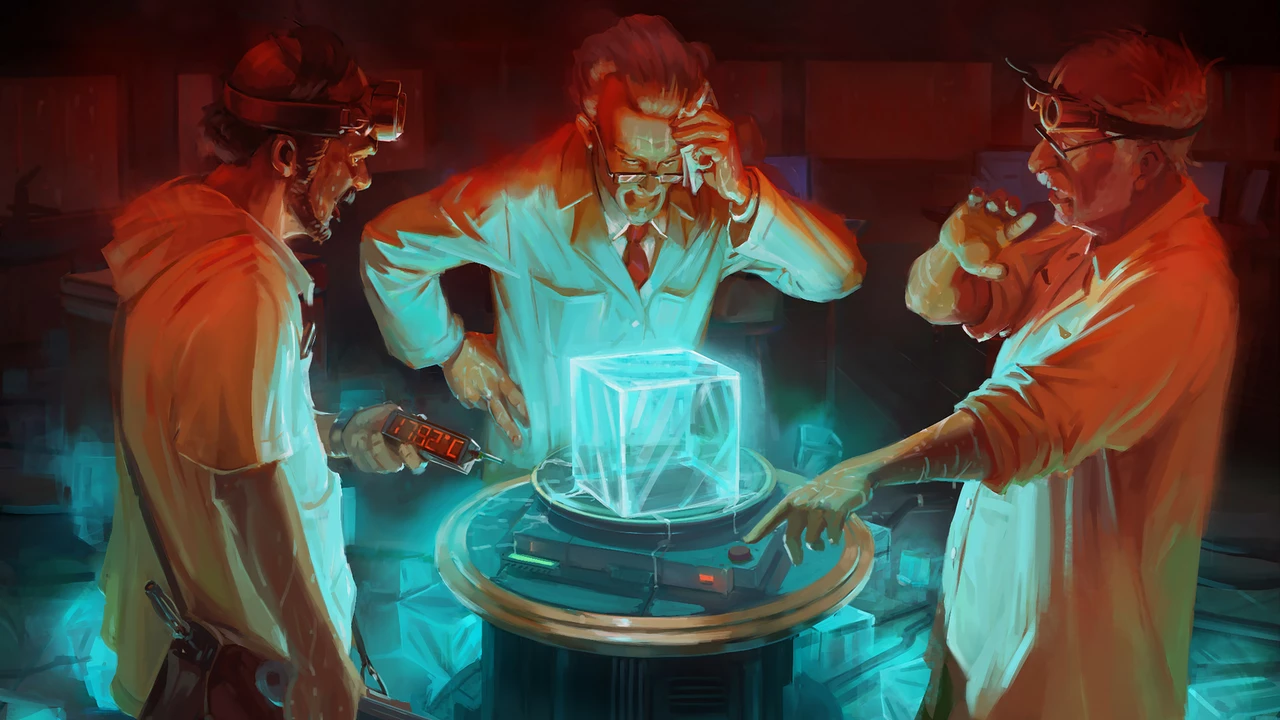
Is culinary arts an art or a science?
Exploring the Concept of Culinary Arts
The culinary arts are often associated with creativity, fine dining, and the expression of passion. However, there is much more to this field than meets the eye. Culinary arts involve more than just the preparation and presentation of food. It's a complex blend of artistry, science, and technique. It's about understanding flavors, textures, and how different ingredients interact with each other. In a way, it is a dance between the artist and the ingredients where the final dish is a masterpiece of flavors and presentation.
Is Culinary Arts an Art?
When we think of art, we often think of paintings, sculptures, photography, and other visual forms. However, art is not confined to these mediums. It extends to any activity that involves creativity and imagination. So, yes, culinary arts is indeed an art! Chefs, like painters or sculptors, express themselves through their creations. They use food as their canvas, blending colors, textures, and flavors to create a masterpiece that not only pleases the palate but also the eyes. Just as an artist uses a brush to paint, a chef uses knives, spoons, and spatulas to create.
The Science Behind Culinary Arts
While the culinary arts are indeed an art, they cannot exist without science. The science of cooking, or molecular gastronomy, plays a significant role in the culinary arts. It involves understanding the chemical reactions that occur when food is cooked, mixed, or chilled. For example, knowing how yeast reacts with sugar and flour to make bread rise, or how eggs coagulate to form a custard, is crucial for a chef. This scientific understanding helps chefs innovate and create new dishes, pushing the boundaries of traditional cooking.
Blending Art and Science in Culinary Arts
The beauty of the culinary arts lies in the harmonious blend of art and science. Chefs use their creativity and imagination to design dishes, but they also rely on their understanding of food science to execute their vision. For instance, a chef may have a creative idea for a dessert, but they need to understand the properties of sugar, how different temperatures will affect it, and how it interacts with other ingredients to bring their vision to life. In essence, the culinary arts is a dance between art and science, with the chef as the choreographer.
Importance of Culinary Art in Today's World
In today's world, where food has become so much more than just sustenance, the importance of culinary art cannot be overstated. It's about creating an experience, telling a story, and evoking emotions. Chefs are no longer just cooks; they are artists, scientists, and storytellers. They push boundaries, challenge conventions, and create dishes that are as visually stunning as they are delicious. The culinary arts have also opened up a world of opportunities for people who are passionate about food, with careers ranging from restaurant chefs to food stylists, recipe developers, and food writers.
The Future of Culinary Arts
As we look to the future, the culinary arts are set to become even more intertwined with science. With advancements in technology and a growing understanding of food science, chefs will have more tools at their disposal to create innovative dishes. At the same time, the artistry and creativity that define the culinary arts will continue to be at its heart. Whether it's creating a visually stunning dish or crafting a menu that tells a story, the culinary arts will continue to be a blend of art and science, pushing the boundaries of what's possible in the kitchen.
Write a comment